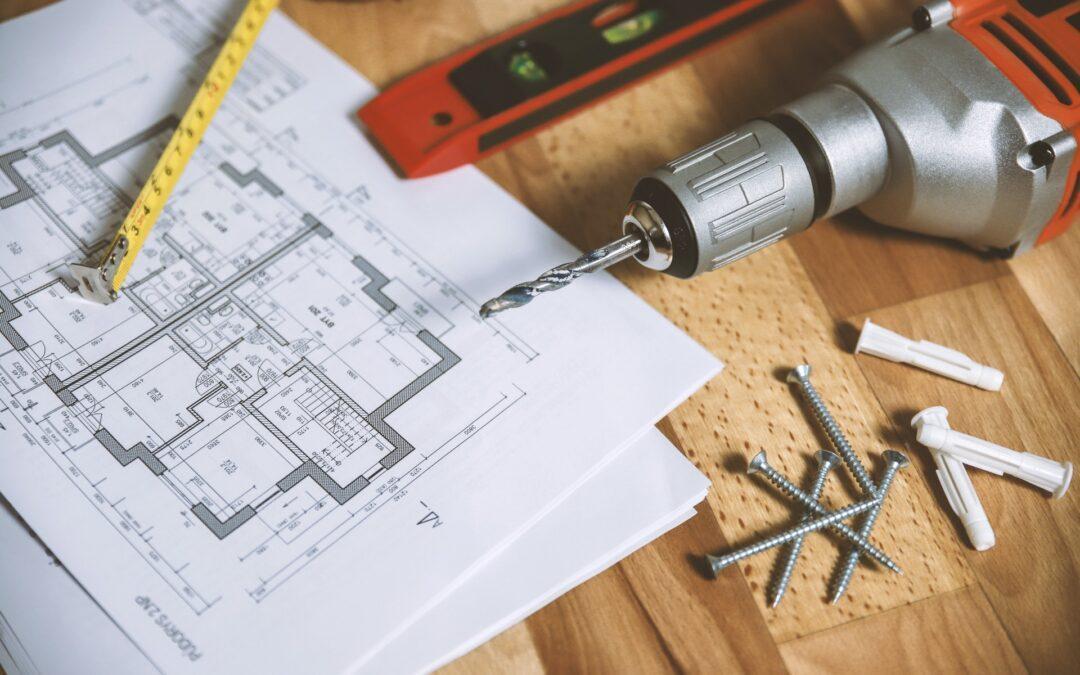Value-add properties in real estate are assets that have yet to reach their full potential. These properties are unable to sell for their actual market value for a myriad of reasons, like poor management, expensive repair requirements, low demand, and so on.
These properties offer impressive returns for investors backing these projects. They are called “value-add” because of their potential to improve their value with upgrades, modern features, and operational enhancements that allow owners to charge residents more while taking advantage of appreciation.
Undertaking a value-add property investment tends to be significantly more labor-intensive than your average flip and requires more expertise. If you’re just starting out you just need to be careful and work alongside more seasoned investors.
With that said, if you’re considering implementing a value-add strategy, you should know the elements that make a property a prime candidate for improvements. This guide will help you learn everything you need to know to determine if these investments are the best fit for your portfolio.
What are Value-Add Properties?
Value-add properties are those that need corrective action to reach their full potential value. They are riskier and offer better returns than standard (core) properties.
Value-add properties usually suffer from a series of common problems, such as poor maintenance, subpar occupancy and lease rates, substandard facilities, and equipment in need of repair or upgrade.
Common ways to improve value-add properties include renovations, both inside and out, management restructuring, marketing efforts, and changing the focus on how the property generates income.
Understanding the physical condition of a property is essential and investors who choose to acquire value-add properties need to have many tools in their toolbox, so a background in construction or architecture is a major advantage.
Additionally, understanding property management, and how to generate and maintain cash flow is also incredibly important.
Benefits of Value-Add Properties
Investors acquire value-add real estate because the potential boost in ROI is much better compared to a core or core-plus property. Also, value-add is a phenomenal way for individual or group investors to leverage their professional experience in the real estate world to generate higher returns than other types of projects.
Another important benefit is that everyone who invests in value-add projects also receives the benefits that come with all commercial real estate purchases, including possible appreciation and stable, long-term cash flow.
Of course, value-add investments come with a higher risk profile than other types of properties.
Risks of Value-Add Properties
Because the focus is set on properties in need of improvement, these will inevitably utilize more leverage (debt) than standard investments, aside from the fact that they also rely on construction and development projects to generate returns. Typically, the more construction or renovation a property needs, the higher the risk.
Less intensive projects like increasing the size of the property, replacing fixtures and building systems, or cosmetic upgrades carry lower risks than full overhauls or conversion projects which change the use of the building.
A common example of this strategy is when investors/developers turn former industrial space into loft housing. This is a process known as ‘adaptive reuse’ and carries considerably more risk.
Also, actions like raising rents, or enrolling new tenants, may prove to be more difficult than initially believed, which can lead to cost overruns and declining cash flow.
In addition, on value-add investments, the period of construction and improvement is likely to correspond to a period of declining rents while vacant units/space is renovated. Put another way, value-add deals may be more dependent on total returns instead of shorter-term current yields, because price appreciation is often a substantial source of returns for value-add projects.
Should you invest in value-add?
Whether value-add projects are right for you should be determined by your appetite for risk, and your experience in the world of commercial real estate.
These types of investments are available to everyone, but it takes a particular type of investor to flourish with value-add property investments. You probably do not want to start your real estate investment career with a value-add project.
While it is possible you will come out of your first deal unscathed, or even with a hefty profit, it is more likely that your project will run over budget, take longer to complete, and, consequently, underperform.
Most value-add projects range from medium to high risk, so if that is above your level of risk tolerance, value-add might not be for you.
These projects are best left to developers who have experience in dealing with all the moving parts that come with value-add real estate investing.
Conversely, investors can gain exposure to value-add properties as a passive investment strategy through a real estate investment vehicle (like syndications), without having to worry about their personal experience detrimentally impacting the project.
Those with an aversion to risk should steer clear of value-added property investments, as their risk/return profile is higher than core properties. With that being said, under the right stewardship value-add investments can provide excellent returns and substantial tax advantages when compared to equities, bonds, and other common investment vehicles.

